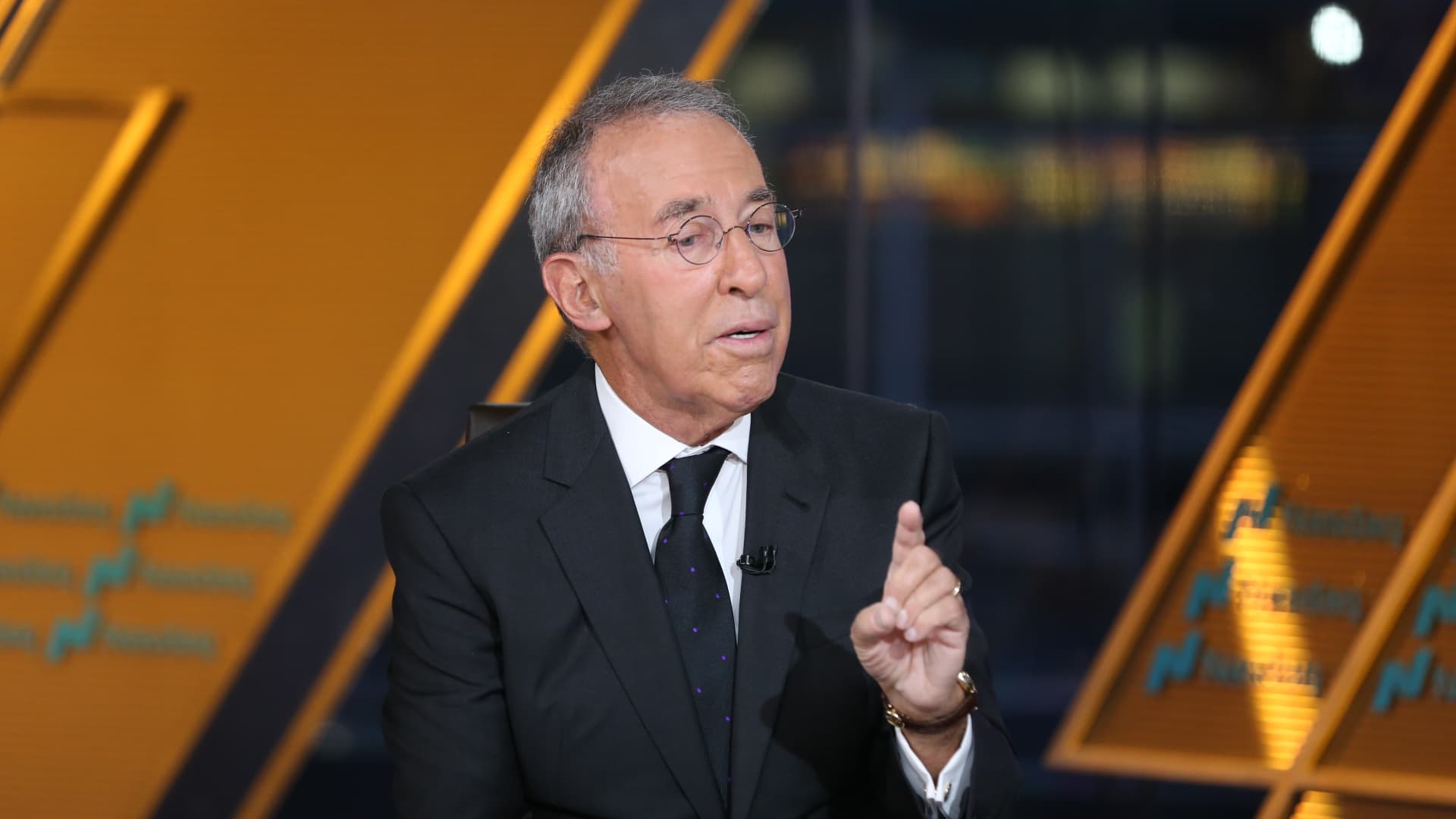Japan shares keep breaking records as reforms, foreign inflows outweigh political risks

Japanese equities are extending record highs, fueled by steady inflows from foreign investors and governance reforms. However, risks remain — from political instability to a potential yen spike or U.S. market downturn — but analysts say such shocks are more likely to trigger buying opportunities than end the rally. The Nikkei 225 and broader Topix indexes slipped after the Bank of Japan’s surprise decision last Friday to start selling its massive ETF holdings, but shares quickly rebounded. While the rally looks long in the tooth for some investors, analysts argue that the momentum for Japanese stocks rests on solid foundations — and has further room to run. What’s fueling the run The rally picked up speed over the summer. A U.S.–Japan trade deal, which was reached in July and finalized only in September, helped investors regain confidence in exporters, which were beaten down by tariff fears. Stocks of autos, semiconductors and artificial intelligence-linked companies rallied. “What began earlier this year as a broad-based rally really started to get into some of the mid-income value type companies, and then, of course, into the tech type companies,” said Kei Okamura, Neuberger Berman’s MD and Japanese equities portfolio manager. “That’s what we’ve been seeing, especially the last two to three months, when new records have been hit.” Behind these short-term sparks are also deeper currents. Japan is finally exiting its “lost decades” of deflation, Okamura noted. Real wages and household consumption have eked out a fragile recovery, while inflation is stabilizing around the Bank of Japan’s 2% target, and the yen has largely steadied after last year’s plunge to 160 per dollar. .N225 YTD mountain Japanese equities are extending record highs, fueled by steady inflows from foreign investors and governance reforms. As domestic consumption picks up, it will benefit companies that rely on the Japanese markets, many of which are smaller and medium-sized firms that dominate the Topix index, the portfolio manager added. Another key pillar is relative value. The key driver of the Japanese stock market has been fundamentals and valuations relative to other markets, said Zuhair Khan, senior fund manager at UBP Investments. The Nikkei 225 and Topix have a price-earnings ratio of 23.01 and 17.46, respectively, according to data from FactSet. Comparatively, the S & P 500’s is 28.54 . Price-earnings ratios measure valuation relative to earnings. A higher number means investors are paying more for each unit of profit. “Thus, many global investors have been shifting money to the Japanese market,” Khan said. Activist campaigns in 2023 and 2024 also forced cash-rich firms and real estate-heavy companies to deploy capital more efficiently. For example, U.K.-based activist fund Palliser Capital bought a large stake in Tokyo Tatemono, a major Japanese property developer, and argued that the company was trading at a “45% discount to its net asset value.” The “easy money” from those moves is largely priced in, but Khan sees a new wave of activism targeting conglomerates with loss-making or low-margin units. Roughly two-thirds of the Topix 100 still have such businesses, leaving “a lot of opportunity here for improvement.” Revolving door of prime ministers Some investors worry that Japan’s revolving door of prime ministers could spook markets, but Neuberger Berman’s Okamura isn’t convinced. “Currently, a lot of the drivers behind the Japanese equity market support have nothing to do with politics,” he said. “The fundamental drivers are more unique to Japanese economy. So we’re not too concerned that the political instability,” he said. Outgoing Prime Minister Shigeru Ishiba announced his resignation on Sept. 7, triggering a leadership race in the ruling Liberal Democratic Party. Two frontrunners have emerged: former economic security minister Sanae Takaichi and Farm Minister Shinjiro Koizumi. “Irrespective of which candidate comes through, it should bode well for corporate governance and capital management reforms, which I think is something that is really, really critical for Japan,” he said. While politics remain a sideshow, market fundamentals continue to dominate the outlook. Okamura cautioned that the Nikkei, with its heavy weighting of high-profile names, looks more expensive at nearly 20 times forward earnings. But the broader Topix trades closer to the low-to-mid teens, with many domestically focused companies not yet fully valued by investors. That gives Japan “more legs over the mid to long term,” he argued. Khan also dismissed concerns that stock valuations have become unsustainably high. “I do not see the overall market as overheated,” he said, pointing out that fundamentals are still catching up with valuations. A sector rotation into laggards, alongside restructuring-driven winners, could drive the next stage of the rally. Lombard Odier echoed a bullish case. “We see further upside for Japanese equities, amid a solid macro backdrop, positive corporate reforms and earnings, and the return of foreign investors,” it wrote in a recent note. Its strategists expect GDP growth of around 1% in 2025 and 2026, with growth and rising prices helping to lift company earnings. While the risks remain — from political instability after Prime Minister Shigeru Ishiba’s resignation to sticky inflation, and potential BOJ missteps — the Swiss private bank believes that Japan’s fiscal concerns are overstated. With a current account surplus and high domestic savings, the government’s debt load remains manageable. Governance reforms also remain a key focus. The Tokyo Stock Exchange has pushed companies to use capital more efficiently, unwind cross-shareholdings, and increase the number of shares available for trading. Okamura added that inheritance tax rules have forced founding families to sell stakes, which has boosted market liquidity. Even so, global risks still loom large. Khan and Okamura cautioned that a U.S. market correction, or a sharp yen appreciation similar to August 2024, could trigger a pullback. However, they frame such events as buying opportunities rather than lasting derailments.









